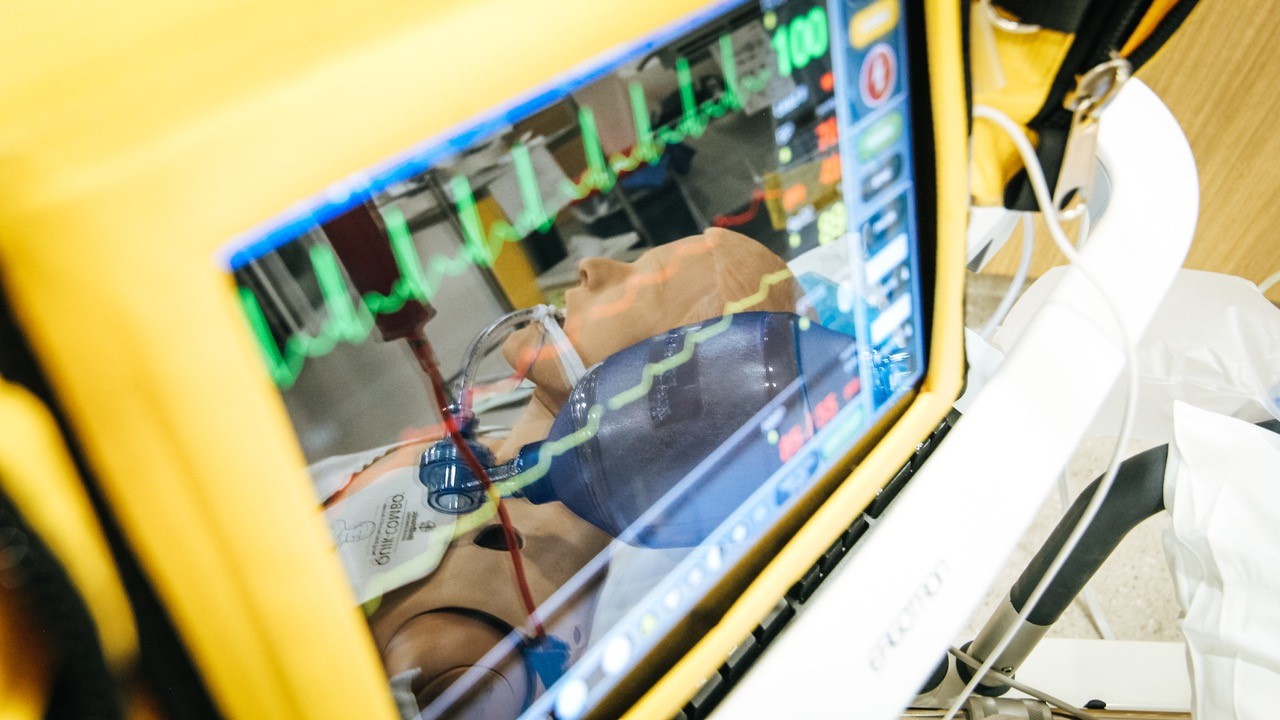TOPICS: RESILIENCE IN DECISION MAKING
Patient flow logistics increasingly is a concern for health care systems worldwide. Problems of patient flow management have been associated with a variety of problems for care ranging from short supplies, bottlenecks, long queues, and delays for the patients to high and unpredictable workload for health care staff. In disasters, however, these problems are exacerbated by the tremendous surge of patients that rapidly need care. The Covid19 pandemic has highlighted the problems of overloaded health care systems, with regular threats of a ‘code black’, clinics diverting patients or ambulances, and overloaded GPs with important implications for patient safety but also hospital finances. Further, disasters disrupt a variety of critical infrastructures, ranging from blocked roads and power outages to disruptions of the information systems.
In this project, we aim to make a headway in overcoming these gaps by developing a new comprehensive model and approach that starts from the patient flows throughout the health care system against the backdrop of disrupted infrastructures and high levels of uncertainty. Our approach integrates the various decisions that need to be taken during the patient journey for different disaster scenarios. To this end, we will start with interviews and ethnographic research in hospitals, health care and emergency services to understand decision-making behaviour of staff and planning in hospitals under various circumstances. We will start in the Rotterdam region, to expand from there to regions that have recently been exposed to a hazard event e.g., Limburg, Ahr. This process will allow us to develop decision and flow models and generate a comparative analysis of patient journeys under different circumstances. Based on the decision and flow models, we will proceed with the development of a new discrete-event modeling tool that simulates the patient journey through the health care system given the insights about patient and decision-making behaviour in disasters. This open-source tool will allow us to simulate a broad range of possible disruption and disaster scenarios that then model potential damages to transportation infrastructure, accessibility, and work force available. Together, the simulations and scenarios then feed into an optimization module that helps to develop optimal strategies to schedule and assign the appropriate capacity and resources given the current constraints and workloads. The tool will be co-designed and tested with stakeholders for a range of scenarios of increasing severity and complexity and we envision several rounds of feedback and improvement
Key contactperson
Tjebbe Hagenaars (EMC)
Key contactperson
Roland Bal (EUR)
